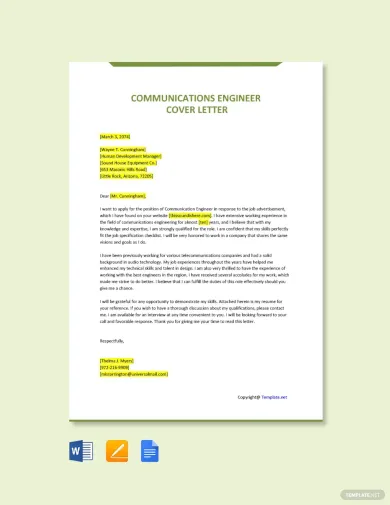Understanding the Communication Officer Role
A Communication Officer plays a vital role in shaping an organization’s image and ensuring effective communication with various stakeholders. They act as the voice of the company, crafting messages, managing public relations, and maintaining a consistent brand identity. Understanding the scope of this role is essential for crafting a compelling cover letter that highlights your relevant skills and experiences. This guide will provide a comprehensive overview of how to create a standout cover letter that grabs the attention of hiring managers and increases your chances of landing an interview. The role of a communication officer is dynamic, requiring adaptability and a strong understanding of communication principles.
Key Responsibilities of a Communication Officer
Communication Officers undertake a variety of tasks to ensure effective information flow and positive public perception. Their responsibilities often include developing and implementing communication strategies, managing media relations, writing press releases, creating content for websites and social media, and coordinating internal communications. They also play a crucial role in crisis communication, managing the organization’s response to negative publicity or critical events. Therefore, your cover letter should reflect these responsibilities and showcase your abilities in these areas. A well-crafted cover letter demonstrates your understanding of these core responsibilities and your preparedness to handle them effectively.
Essential Skills for Communication Officers
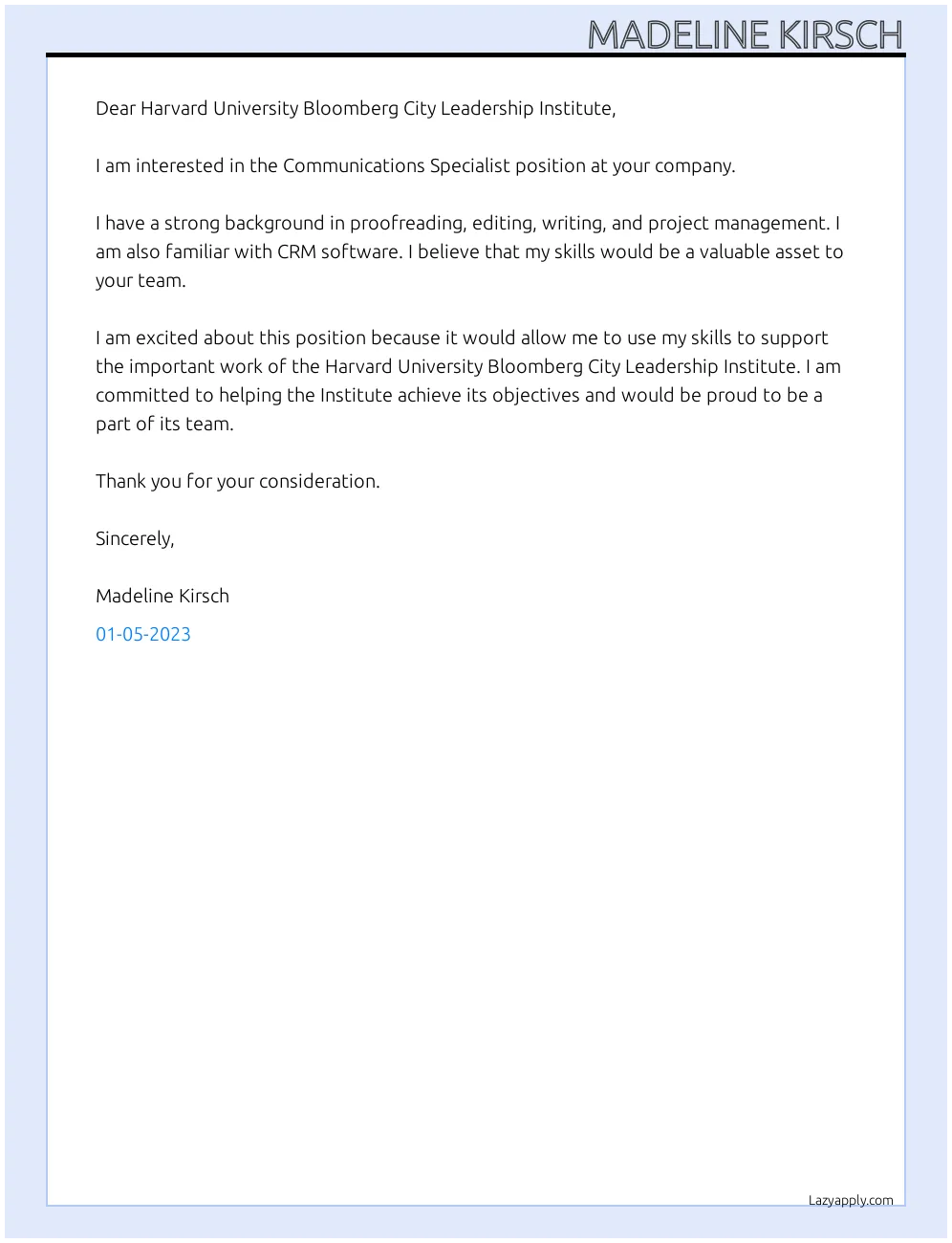
To excel in this role, communication officers need a diverse skill set. Strong written and verbal communication skills are paramount, as are the abilities to think strategically, manage projects, and build relationships. Other essential skills include media relations, social media management, content creation, and the ability to adapt communication to different audiences. Cover letters should explicitly mention these skills, showcasing your proficiency and providing examples of how you’ve utilized them in previous roles. Highlight your proficiency in these areas to demonstrate your suitability for the position. Remember to quantify your achievements whenever possible, providing tangible evidence of your skills.
Structuring Your Communication Officer Cover Letter
A well-structured cover letter is key to making a positive first impression. It should be clear, concise, and easy to read. The structure should be consistent, including the header, greeting, opening paragraph, body paragraphs, and closing. Each section serves a specific purpose, working together to present a cohesive picture of your qualifications and enthusiasm. A logical structure guides the reader and allows them to quickly understand why you’re the ideal candidate. Use a professional font, maintain consistent formatting, and ensure that the document is visually appealing. This organized approach demonstrates your attention to detail, a crucial skill for a Communication Officer.
Header and Contact Information
The header of your cover letter should include your full name, address, phone number, and email address. It is the first element the reader sees, so it should be clear and easy to read. Ensure your contact information is up-to-date and professional. The employer needs to reach you easily to schedule an interview. Double-check that the details are correct to avoid any missed opportunities. Using a professional email address is recommended, avoiding nicknames or unprofessional language. Your header sets the foundation for a professional application. Use a clean, readable font and consistent formatting with your resume to maintain consistency.
Greeting the Hiring Manager
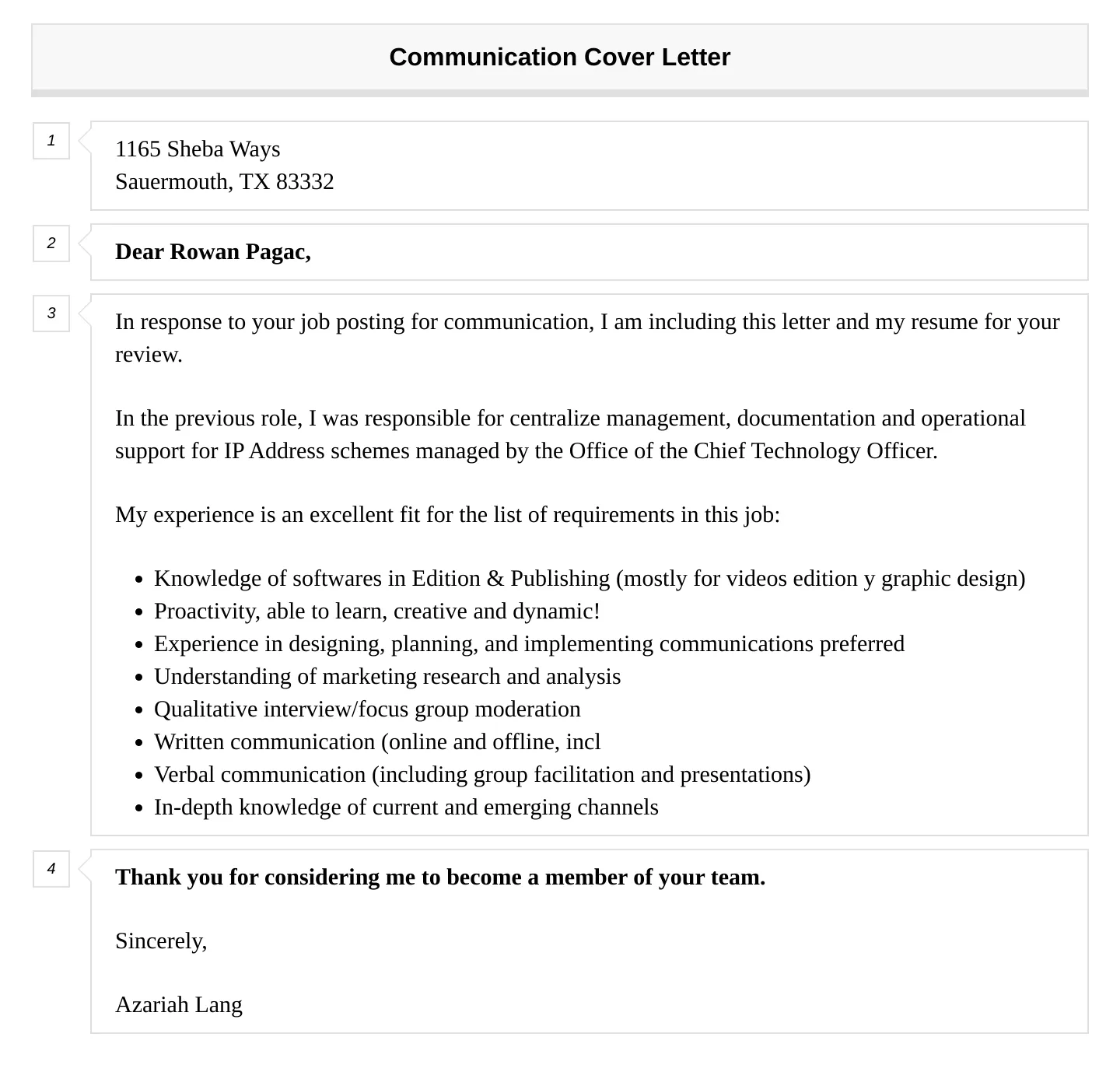
Addressing the hiring manager by name demonstrates that you’ve taken the time to research the company and personalize your application. If the hiring manager’s name is not available, use a general greeting like ‘Dear Hiring Manager’ or ‘Dear [Department Name] Team’. Avoid generic greetings like ‘To Whom It May Concern,’ as it can make your application seem impersonal. Find the hiring manager’s name by looking at the job posting, company website or LinkedIn. Addressing the correct person shows initiative. The greeting sets a professional tone from the start, showcasing your attention to detail and respect for the recipient.
Opening Paragraph Grab Attention
The opening paragraph is your chance to grab the reader’s attention. Start with a strong statement that summarizes your interest in the role and the company. Clearly state the position you are applying for and briefly mention why you are a good fit. You can mention a mutual connection or something that sparked your interest in the company. Avoid generic statements like, ‘I am writing to express my interest.’ Instead, show enthusiasm. This opening paragraph should reflect your understanding of the company. A compelling opening paragraph immediately captures the hiring manager’s interest and encourages them to continue reading.
Body Paragraphs Showcasing Your Value
The body paragraphs are where you showcase your skills, experience, and accomplishments. Tailor your content to the specific requirements outlined in the job description. Provide specific examples of how you have successfully performed tasks similar to those required in the role. Focus on the skills that the employer values most. Each paragraph should address a specific aspect of your qualifications, providing evidence of your ability to excel in the position. Use strong action verbs and quantify your achievements whenever possible. The body paragraphs should demonstrate that you have the skills and experience. Make each paragraph concise, well-organized, and directly related to the job description.
Highlighting Relevant Experience
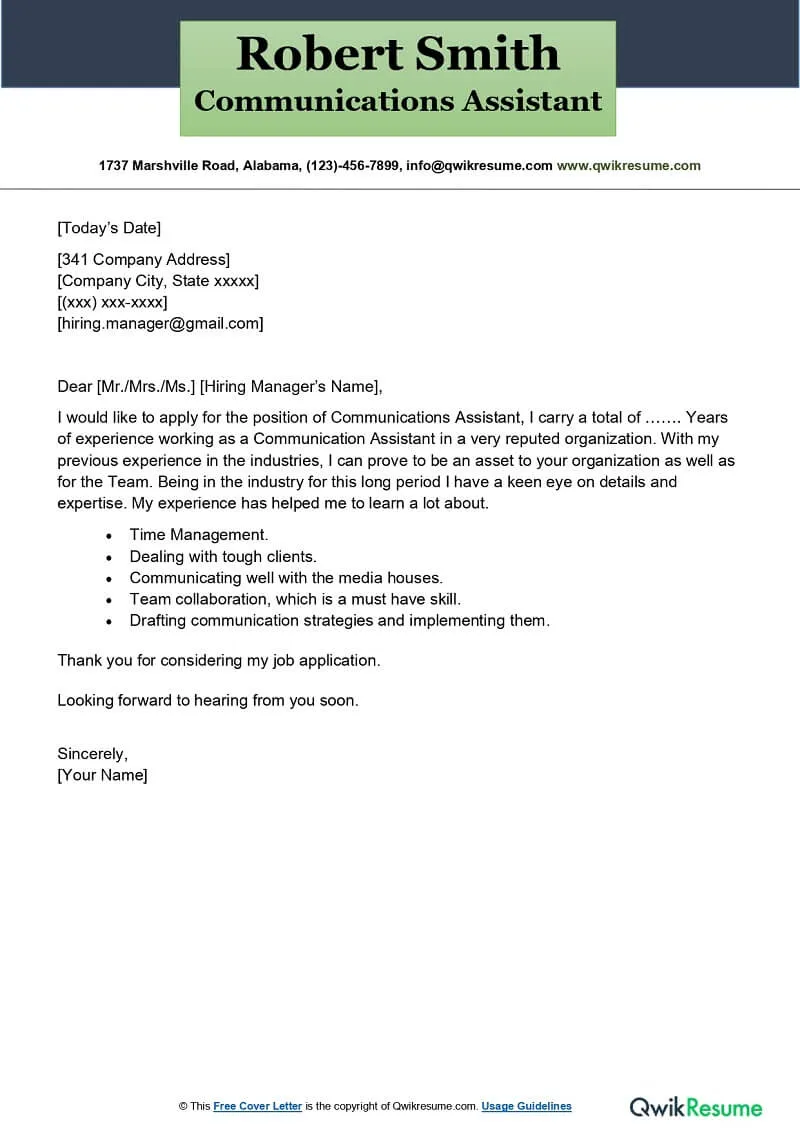
In the body paragraphs, focus on experiences that align with the job requirements. Provide examples of projects or tasks where you demonstrated the skills outlined in the job description. Describe your previous roles in detail, emphasizing your responsibilities and accomplishments. The experience should directly correlate with the responsibilities of the communication officer. Structure your paragraphs using the STAR method (Situation, Task, Action, Result) to provide specific examples of your accomplishments. This detailed approach will show how your past experiences are directly related to the job’s demands. Provide concrete examples that illustrate your ability to meet the requirements of the role.
Quantifying Achievements
Whenever possible, quantify your achievements to demonstrate the impact of your work. Use numbers, percentages, and specific metrics to showcase your accomplishments. Instead of saying ‘Improved social media engagement,’ say ‘Increased social media engagement by 30% in six months.’ Quantifiable results show the hiring manager that you can deliver results. Providing numbers makes your claims more credible and memorable. Quantifying your successes is a key part of showing your value. This approach demonstrates that you not only have the skills, but you can also drive meaningful results.
Demonstrating Skills
Clearly demonstrate your essential skills, such as written and verbal communication, media relations, and social media management. Provide examples of how you’ve used these skills in past roles. Illustrate your ability to build relationships, manage projects, and adapt to different audiences. You can give examples of content creation, strategic planning, and crisis communication. Your cover letter should be tailored to match the skills they seek. By highlighting your skills, you demonstrate how you would be a good fit. Use action verbs and focus on the positive impact. The skills listed in your cover letter should strongly reflect the needs of the role.
Closing the Cover Letter
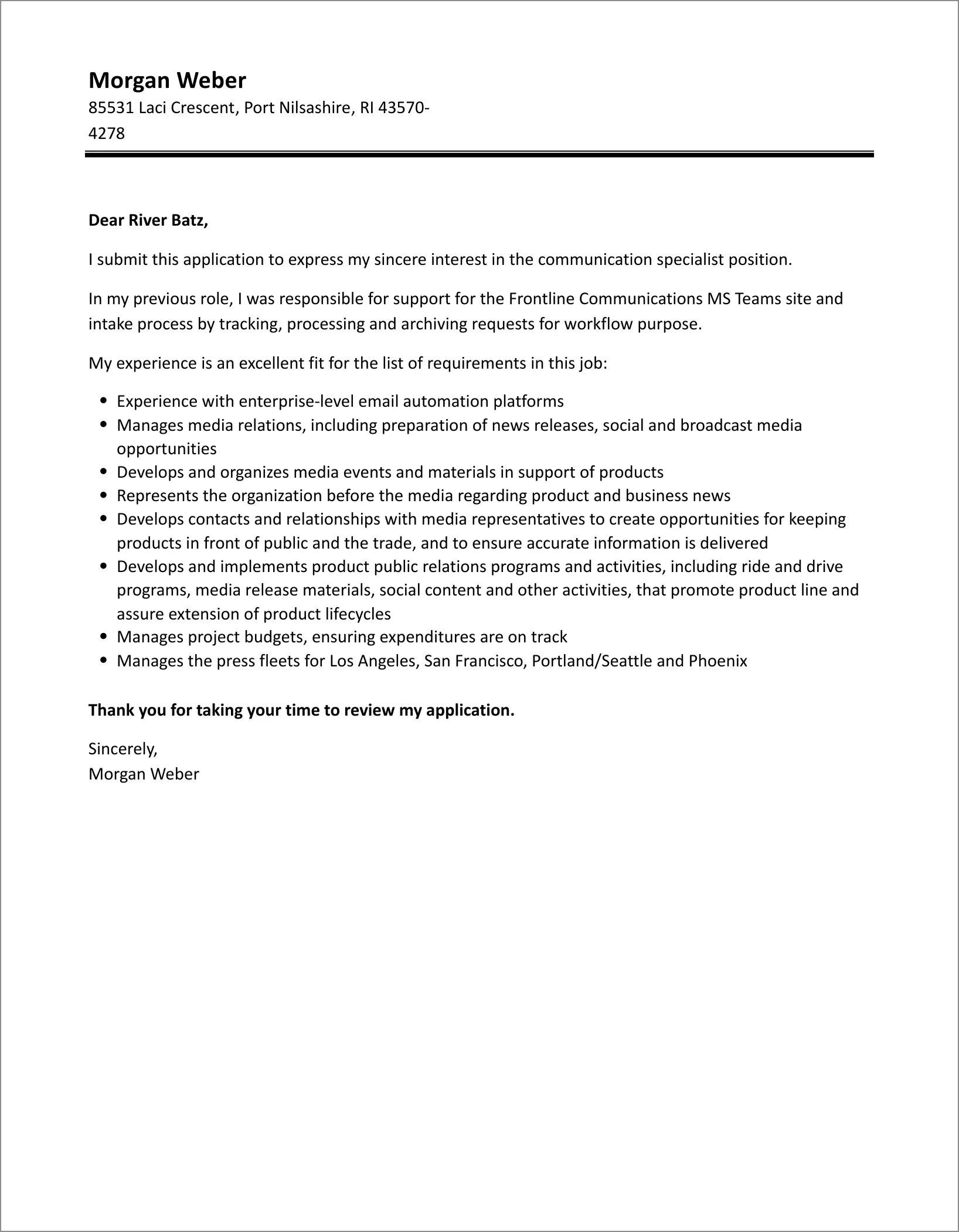
The closing paragraph should reiterate your interest in the position and thank the hiring manager for their time and consideration. Reiterate your enthusiasm for the role, briefly summarizing why you are an ideal candidate. Indicate your availability for an interview and express your eagerness to discuss your qualifications further. The closing should be polite, professional, and forward-thinking. The closing paragraph should leave a positive impression and inspire the reader to take the next step. Maintain a confident, yet humble, tone to convey your interest.
Expressing Enthusiasm and Next Steps
Express your genuine enthusiasm for the position and the company. Briefly reiterate your strong points and connect them to the job requirements. Provide information on how you can be contacted, such as your phone number and email address. State that you are available for an interview. Thank the hiring manager for reviewing your application and express your excitement about the possibility of joining the team. Make sure to express your eagerness to move forward in the hiring process. Your enthusiasm and willingness to take the next steps leave a positive impression.
Proofreading and Formatting
Proofreading and formatting are critical steps. Carefully review your cover letter for any grammatical errors, typos, and formatting inconsistencies. Use a grammar checker. Have another person review the document. A polished cover letter demonstrates your attention to detail and professionalism. Proofreading is crucial, as errors can reflect poorly on your skills. Ensure that the font, spacing, and margins are consistent. Proofreading is not just about correcting mistakes but also about ensuring your writing flows and is easy to understand. A well-formatted document is readable and visually appealing, enhancing the overall impact of your application.
Common Mistakes to Avoid
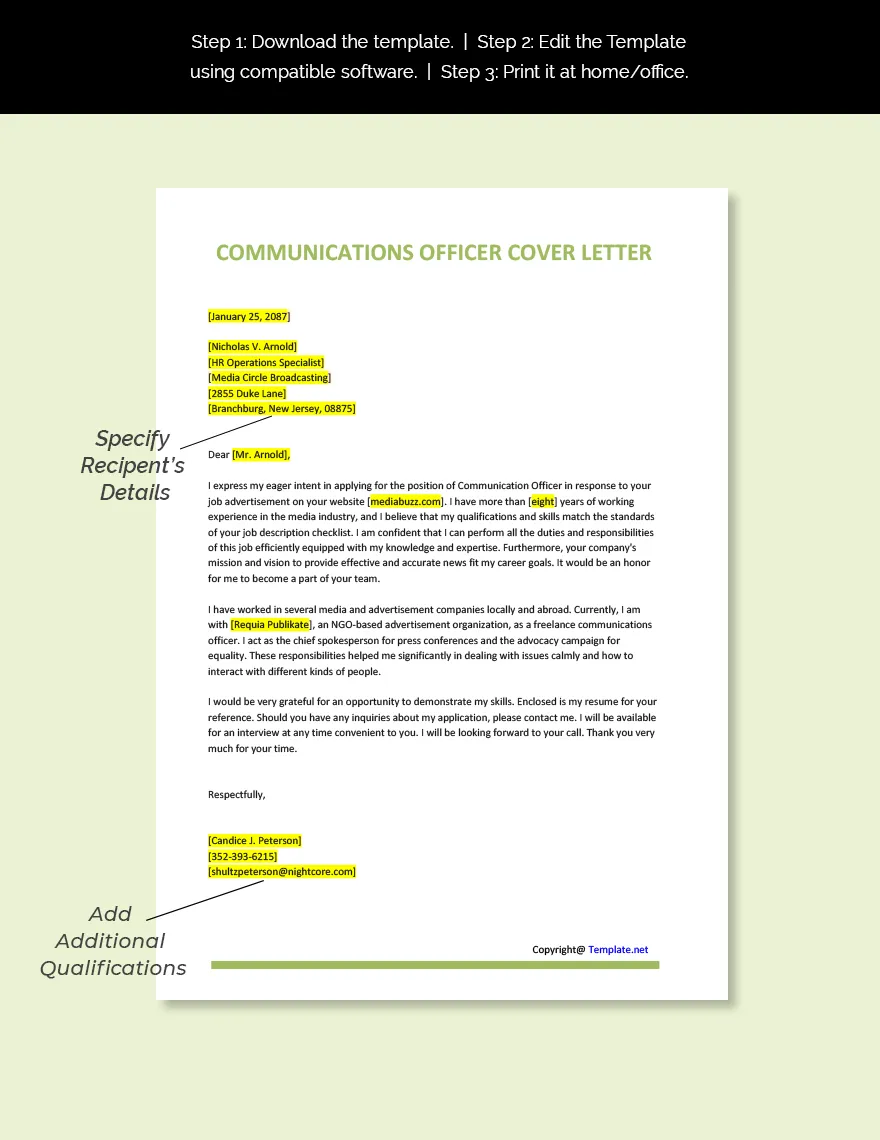
Avoid common mistakes to increase your chances of success. These mistakes can immediately disqualify you from consideration. Addressing these pitfalls will ensure your cover letter makes a positive impression. Your application will be more effective if you recognize and prevent these common errors. The cover letter should highlight what you can do for the company, rather than just talking about yourself.
Generic Cover Letters
Avoid using a generic cover letter. Tailor each cover letter to the specific job and company. Generic cover letters make it obvious you are sending a mass application. Highlight the skills and experiences that align with the job description and the company’s needs. Addressing the hiring manager by name shows that you did research. Tailoring your letter demonstrates that you are genuinely interested in the opportunity. Customizing your cover letter to match the job requirements significantly increases your chances of getting noticed.
Focusing on Yourself Instead of the Employer
Focus your cover letter on how you can contribute to the company and solve their problems. Highlight your achievements and skills. Show the hiring manager what you can bring to the table. The focus should be on the company’s needs and how you can meet them. Make it clear why you’re a good fit. Instead of talking about what you want, demonstrate how you can benefit the organization. Shift your focus from your needs to the employer’s needs. Emphasize how your skills and experience align with the company’s goals.
Typos and Grammatical Errors
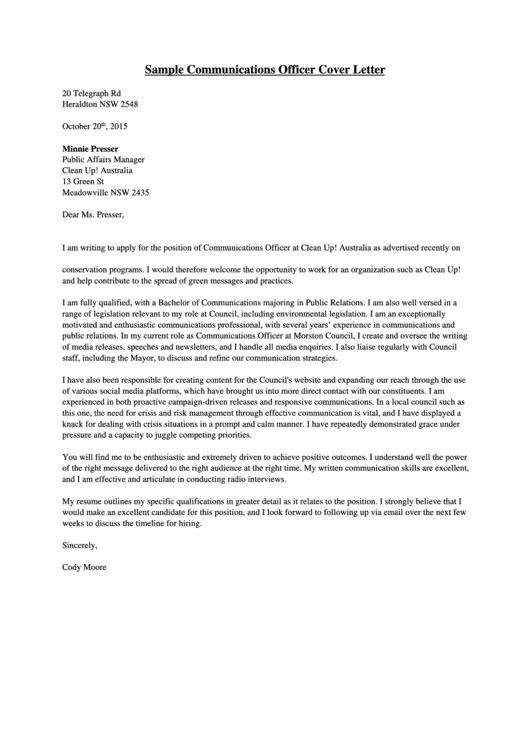
Typos and grammatical errors create a negative impression. Always proofread your cover letter carefully. Use a grammar checker. Have a friend or colleague review your cover letter. Errors indicate carelessness and can undermine your credibility. Proofreading is essential. Make sure that your writing is clear and professional. Correct any mistakes to ensure your cover letter is perfect. Errors can negatively impact your chances. Take the time to proofread to ensure that your application is polished.
Tailoring Your Cover Letter
Tailoring your cover letter to each job is critical. It shows the hiring manager you’re genuinely interested. The better your cover letter is tailored, the higher your chances. Demonstrate that you’ve researched the company and understand their needs. Customize your letter for each job. Tailor it to the company’s specific needs. Take the time to make your application unique. A tailored cover letter is essential.
Researching the Company
Researching the company is a vital part of tailoring your cover letter. Understand the company’s mission, values, and recent news. Visit their website, social media pages, and other online resources. This research helps you customize your cover letter to the company’s needs. Referencing specific company projects, goals, or recent achievements shows initiative. Show the hiring manager that you’ve taken the time to learn about the company. Knowing the company’s activities is important. This research will help you create a strong cover letter.
Matching Skills to Job Requirements
Carefully review the job description and identify the key skills and qualifications the employer seeks. Highlight your skills and experiences that match these requirements. Use keywords from the job description and provide specific examples of how you’ve utilized those skills in past roles. This helps demonstrate that you meet the requirements. Your cover letter should address the job requirements. Align your skills and experience with the job requirements to show why you are the best fit. Tailor your resume to make your application more appealing.
Example Communication Officer Cover Letter
Here is an example of a communication officer cover letter to use as a template. The example has all the relevant information. You can modify the template to suit your own experience. Make the template a reflection of your skills and experience. Take inspiration from the example but always personalize your cover letter. The example will help you understand how to create a cover letter. This helps guide you to format it.
Cover Letter Template
You can use this cover letter template to help you create your own cover letter. The template is well-structured, and you can add your own information. You can use a template. Fill in the template with your own information and tailor it to fit your own requirements. You can use this template as a guide to make your application more appealing. This will allow you to save time. Customize the template with your own details and personalize it to the job.
